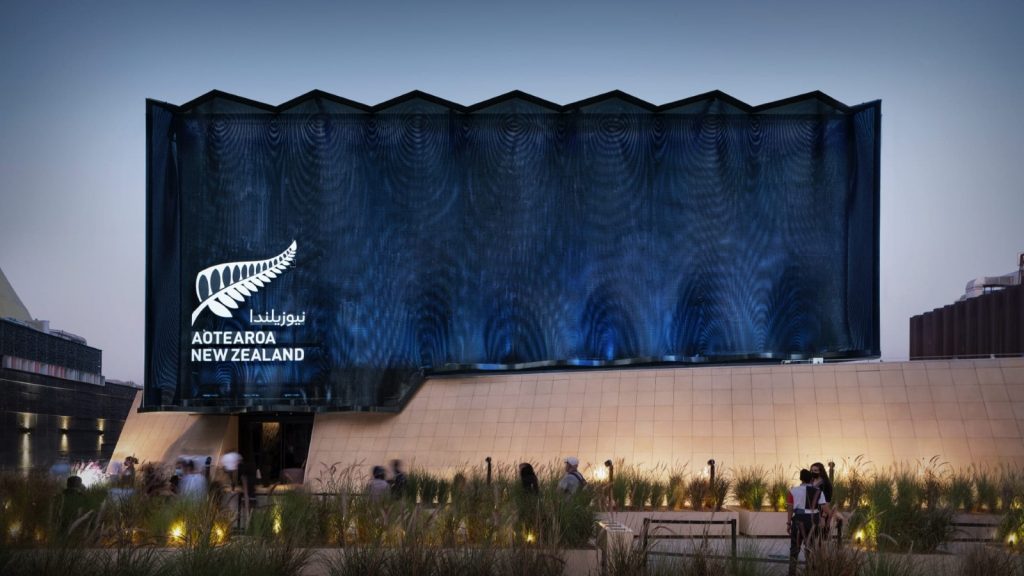Creative New Zealand, the organization responsible for New Zealand’s participation in the prestigious Venice Biennale, has announced the withdrawal of the country’s pavilion from the 2024 edition. The decision highlights funding challenges and concerns about the current model of presentation. The New Zealand Pavilion, historically situated in the Arsenale, will return in subsequent editions, slated for 2026, 2028, and 2030.
Funding Concerns Lead to Withdrawal
In a surprising move, Creative New Zealand has decided to forego its participation in the 2024 Venice Biennale, marking the first time in over twenty years that New Zealand will not be represented at the renowned art festival. The decision was prompted by a study conducted in 2022, which raised significant concerns about the funding available for the pavilion’s presentation in its current format.
The report, authored by the firm Tony Grybowski and Associates, indicated that the resources allocated for the ambitious endeavor were insufficient. This conclusion stems from worries about the workload and funding required to adequately mount the showcase. While the New Zealand Pavilion has been a prominent fixture in the Arsenale, this withdrawal underscores the challenges inherent in sustaining such endeavors without the necessary financial backing.

Future Returns and Precedents
Creative New Zealand has assured that despite the absence in 2024, the New Zealand Pavilion will make a triumphant return in subsequent editions of the Venice Biennale. The organization has already marked its presence for 2026, 2028, and 2030, demonstrating its commitment to maintaining a consistent representation on the international art stage.
New Zealand’s withdrawal from the 2024 Venice Biennale is not an isolated incident. Scotland has also taken the unprecedented step of canceling its plans for the exhibition in the same year. However, it’s important to note that the Scottish Pavilion is categorized as a collateral event, situated outside the Biennale’s main areas, the Arsenale and the Giardini. In contrast, the New Zealand Pavilion has historically occupied a space within the Arsenale, making its absence even more conspicuous.
Notable Artists and Impact
Over the years, the New Zealand Pavilion has showcased an array of talented artists, contributing to the rich tapestry of the Venice Biennale. Artists such as Francis Upritchard, Lisa Reihana, Simon Denny, and Yuki Kihara have graced the pavilion, captivating audiences with their innovative creations. In 2022, Yuki Kihara, as the first Pacific artist to do so, took center stage, further highlighting the Pavilion’s role in promoting diverse artistic voices.
As of now, no artists had been announced for the 2024 edition of the New Zealand Pavilion. This absence emphasizes the challenges faced not only by organizers but also by artists who rely on such platforms to showcase their work on a global scale.
Broader Context and Conclusion
While it is uncommon for national pavilions to withdraw from the Venice Biennale, the decision to do so often arises from financial or political constraints. The year 2022 saw Russia’s withdrawal from the Biennale following its controversial invasion of Ukraine. These instances underscore the delicate balance between art, politics, and funding in the world of international exhibitions.
Creative New Zealand’s decision to skip the 2024 Venice Biennale due to funding concerns reflects the complexities of sustaining cultural representation on a global stage. As the art world continues to evolve, questions of financial viability and support become increasingly pivotal in ensuring the continued success and participation of nations in events like the Venice Biennale.
John Akonfrah to represent Great Britain at the 2024 Venice Biennale; Insights from art world

Contributor





